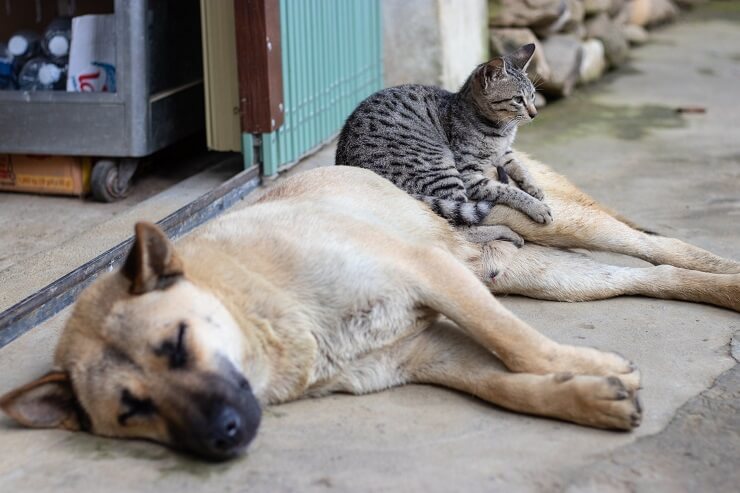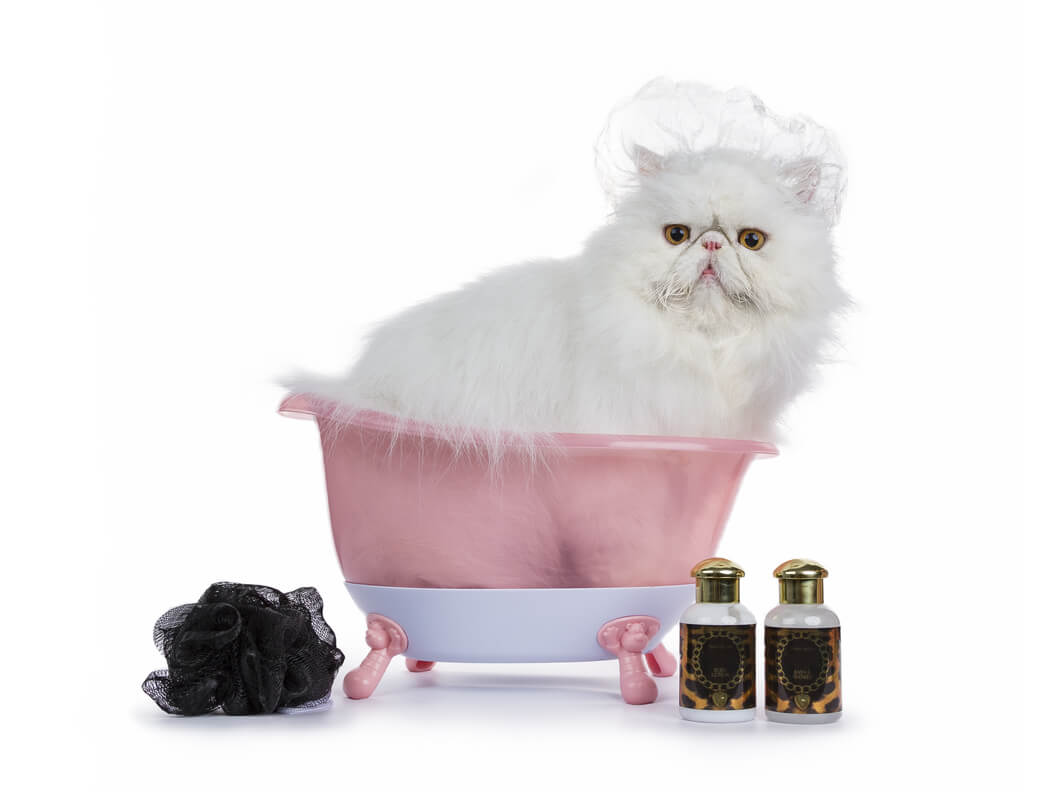Tips To Get Your German Shepherd To Get Along With Your Cat
This page contains affiliate links. We may earn money or products from the companies mentioned in this post through our independently chosen links, which earn us a commission.
If you’re a dog parent to a German shepherd, you must know that their strong prey drive can sometimes make them not see eye to eye with your feline.
GSDs love to chase, and your cat is often the perfect target for their charging. But this doesn’t mean that your pooch can’t get along with your furball. In fact, some kitty cats and German shepherds end up becoming the best of friends.
But what do you do if your GSD cannot seem to focus when your cat walks past. Well, we have a few tips that can help you get these two to get along.
Let’s get right into it, shall we?
Understand The Personality Of Your GSD
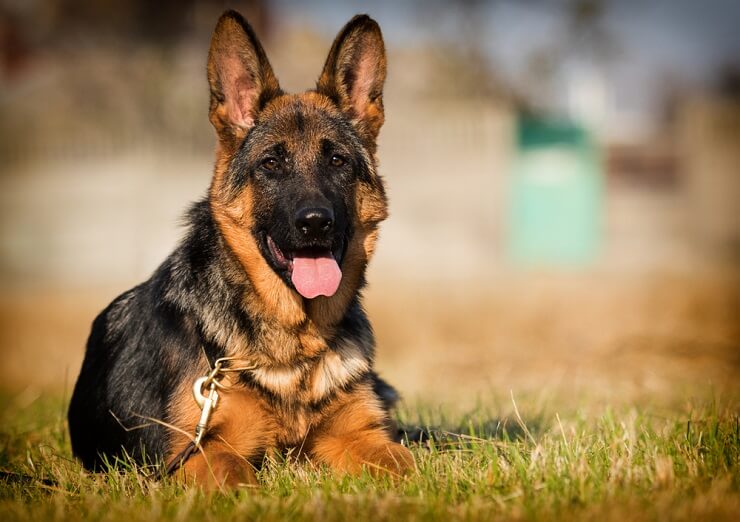
German shepherds are excellent work dogs. All over the globe, these dogs are used to herd sheep because they do a great job. In the fields, a GSD will race after any fluffy creature to keep the herd safe. And this may explain why your dog loves to chase after your cat.
Besides, your feline is easily startled, making it even more likely that your dog will want to pin her down whenever she bolts past.
Understanding how your GSD is wired helps you become aware that they aren’t chasing or barking at your cat on purpose. Your dog is just following their instinct. So, don’t be too hard on him if it takes a bit of time before he can warm up to your kitty.
Tips For Success
Your German shepherd and your feline won’t just get along without some work on your side. So, you must prepare for success, and we’ve just the perfect tips to make this happen.
1. Socialization Is Key
Socialization is essential if you want your GSD to relate better with other humans and animals. The best time to socialize your dog is between 3 to 12 weeks. At this age, it’s easy to expose your puppy to unfamiliar people, cats, and other dogs.
But not to worry if your GSD is past 18 weeks. Although it can be challenging to socialize him when he is older, it isn’t impossible.
Here are tips that can help you introduce your older GSD to your cat:
- Praise and encourage your dog whenever they have a successful interaction with your cat
- Keep encounters between the two brief
- If your dog becomes agitated when they meet with your cat, soothe him rather than scolding him
- Keep your body and tone calm and confident when introducing the two as your dog can sense your body language
In addition to socializing your dog, they also need to have some basic obedience training. For instance, they should obey the ‘sit,’ ‘stay,’ and ‘no’ commands. Let your pup know that aggression from them when they meet with your cat is unacceptable. You can use the ‘no’ or ‘leave’ command to make your dog stop barking or chasing after your cat.
2. Make Your Cat Comfortable
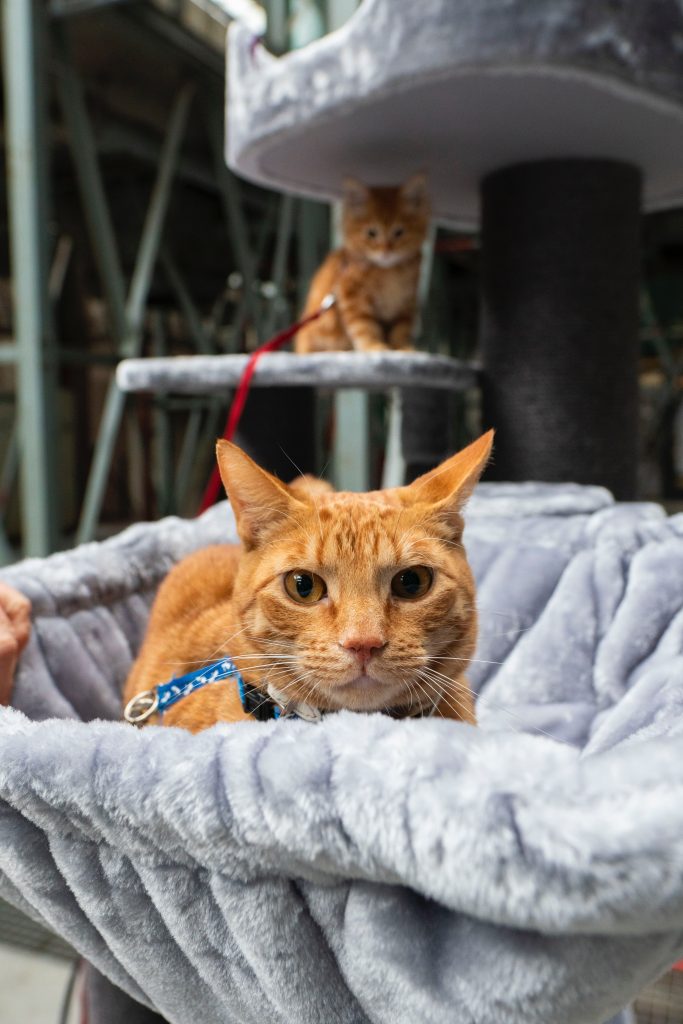
Socialization is essential for your pup, but your cat also needs to feel comfortable enough to relate with your dog, especially if they are new to your home.
Get your cat their room and include all the things they need, such as food, water, a litter box, and a bed. This helps them have a safe place to retreat to if they feel uncomfortable around your pup.
Once your cat becomes accustomed to your home, introduce them to your pup. You can start by feeding the two on opposite sides of a closed door. This will help the two get accustomed to each other scents and associate the enjoyable act of eating with each other’s smells.
3. Use of Scent
While humans depend on their eyes to assess their surroundings, your dog and cat will use both smell and sight to learn about their environment. This is why it’s important to introduce your two pets to each other’s scent.
An excellent way to do this is to rub your dog’s soft toy on your cat. You can also rub your cat’s blanket against your GSD’s body. You can also try scent swapping by exchanging their blankets, beddings, or their living areas.
The use of scent is crucial as it makes the animals accustomed to each other before they meet face to face. By the time they have their first meeting, these two will smell familiar to each other.
Moreover, cats are territorial and prefer to be introduced to another animal slowly before face-to-face interaction. The scent swapping should continue for a week or at least until the two animals are comfortable with each other’s scent.
4. Controlled Introduction
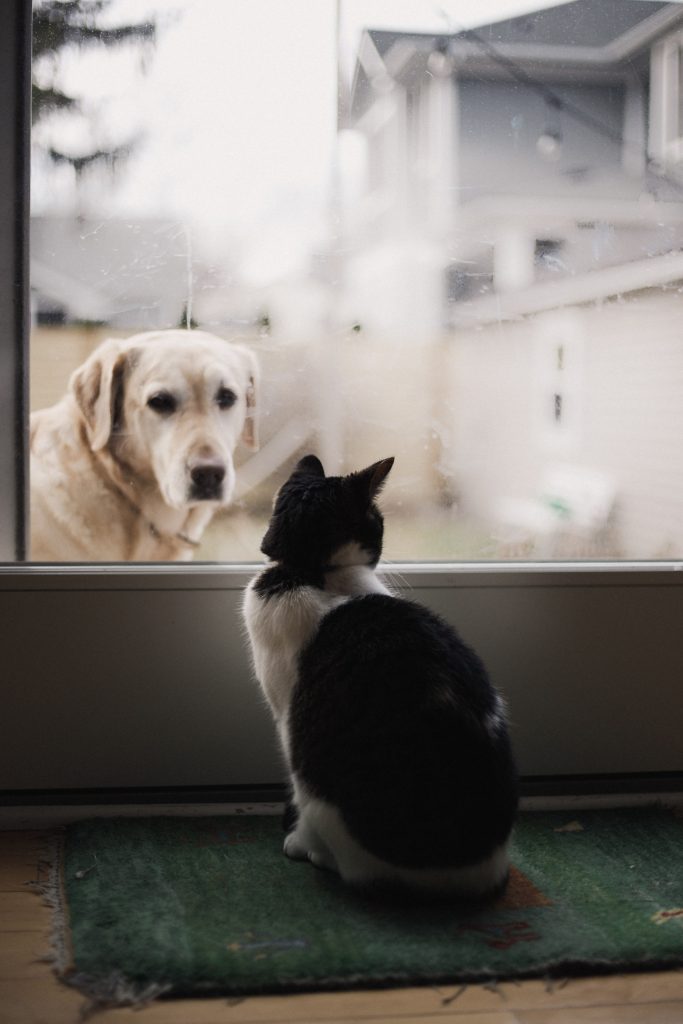
The first face-to-face introduction between your pup and kitten should be brief. If the meeting doesn’t go as planned, most likely due to aggression from your GSD, you should move away with your cat. This lets your pooch know that such behavior is unacceptable. If you don’t tame the aggression from your dog early, it can become a habit and become very difficult to change.
Additionally, the introduction should be done in small and gradual steps, and you should always be there to oversee it. Your dog should also be on a leash to prevent physical contact. Ensure the first meeting happens when the two are at a distance from each other. For example, you can put your cat in a crate at a corner and your dog in the other corner. Move forward slowly and monitor to see if there is any aggressive behavior. In case of any hissing or barking from either of the animals, go back to the corner and start again.
You should never force any face-to-face interaction between your cat and dog. Also, remember to reward the two animals with verbal praise or a treat every time they interact positively.
5. The Unleashed Meeting
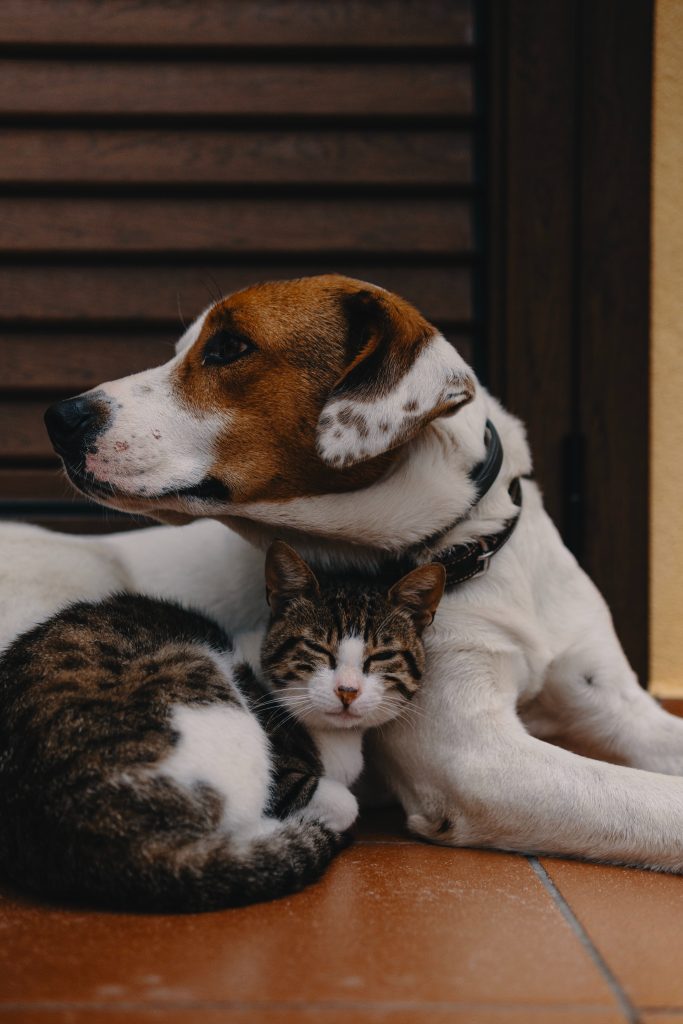
The last step is to allow your GSD to interact with your kitty off the leash.
However, only do this if you’re confident that your dog will remain calm in the presence of your cat. Check your feline’s body language for any sign of fear when they are near your GSD. For instance, any spitting, moaning, or hissing from your cat should let you know that they aren’t comfortable yet for the off-leash introduction. Similarly, if your dog gets excited and growls or tries to lurch forward during the introduction, keep them on a leash.
If the introduction doesn’t go well, don’t give up. Remain positive and be patient. Remember, the two animals can sense your energy, and when you remain calm and patient, they will emulate your positive energy with time.
Under no circumstance should you punish your GSD or your cat if the introduction doesn’t go as planned as they are just acting according to their instincts. Keep encouraging the two, and with time they might just get along.

